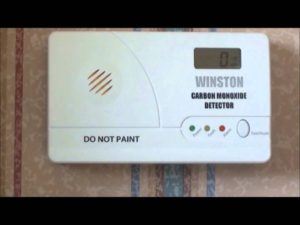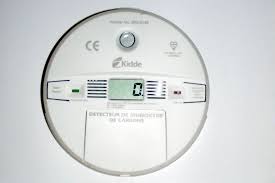In the latest gas safety news, the has been a petition calling for TV warnings about carbon monoxide poisoning on the Isle of Wight, see article below.
A petition calling for prime time TV warnings about carbon monoxide (CO) poisoning to save lives has been launched by Isle of Wight based campaigner, Stephanie Linda Trotter, OBE.
The petition urges the Government to provide warnings against the dangers of the carbon monoxide poisoning. The deadly gas can be emitted from faulty cooking or heating appliances powered by any carbon based fuel (such as gas, coal, wood, oil, diesel, petrol etc.).
Responsible for 50 deaths each year
It states that less than 2% of CO in the air can kill in between one and three minutes and these deaths and injuries cost the taxpayer £178 million a year.In the UK, carbon monoxide poisoning is linked to around 50 deaths a year and more than 200 people go to hospital with suspected carbon monoxide poisoning.
Read the full article here.
Other news from around the country, another suspected carbon monoxide leak, read below.
Dartmouth fire crews called to suspected carbon monoxide leak
FIRE crews in Dartmouth were called on on Tuesday night after a suspected carbon monoxide leak at a property in the town.
Crews donned breathing apparatus and using a gas detector to check the property in Lower Street.
A fire service spokesman said: “Fortunately no gas was detected and the building was cleared of this danger and handed to a responsible person.”They added: “Carbon monoxide is a gas that is invisible, odourless and tasteless. It is recommended that if you have a room that burns a solid fuel (i.e wood or coal) then you should have a carbon monoxide detector installed, also as gas appliances can emit carbon monoxide it is also encouraged that you should have one fitted in a room that has a gas fires or gas appliances (boiler).”
Read more at this link.
You can find out more and see more carbon monoxide articles here.









